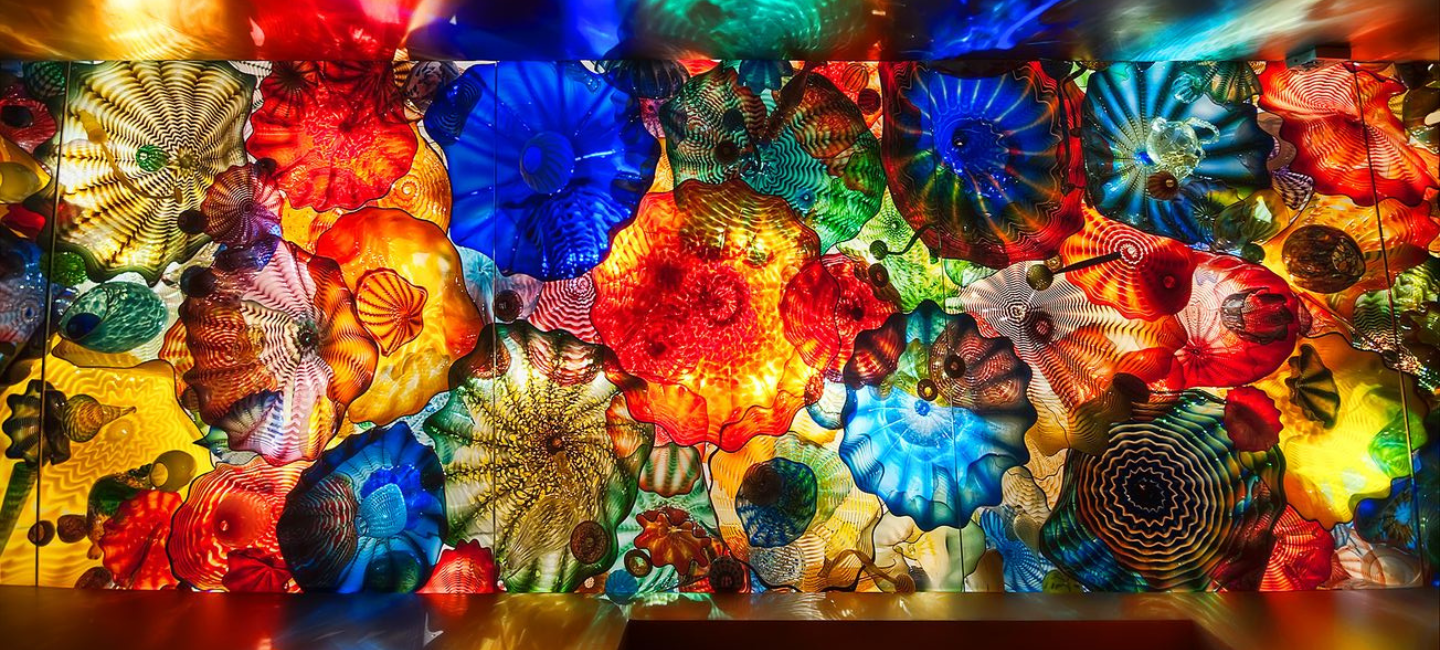Blown glass lighting, with its ethereal glow and exquisite craftsmanship, stands as a testament to the enduring marriage of artistry and functionality. From its origins in ancient civilizations to its contemporary manifestations, blown glass lighting has captivated admirers with its timeless allure and enchanting beauty.

The genesis of blown glass lighting can be traced back to the ancient civilizations of Mesopotamia, Egypt, and the Roman Empire, where rudimentary techniques were employed to shape molten glass into vessels and ornaments. However, it was in the lagoon city of Venice, particularly on the island of Murano, that blown glass attained unprecedented refinement and sophistication during the Renaissance. Master artisans in Murano, driven by a relentless pursuit of perfection, elevated glassmaking to an art form, crafting exquisite chandeliers, sconces, and lamps that adorned the grand palaces and opulent churches of Europe. As the Renaissance gave way to the Enlightenment and the Industrial Revolution, blown glass lighting underwent transformation and adaptation. The advent of new technologies, such as the invention of the blowpipe and the development of more efficient furnaces, revolutionized the glassmaking process, making it more accessible and scalable. Blown glass lighting, once the exclusive domain of the elite, began to find its way into homes, theatres, and public buildings, illuminating spaces with its radiant brilliance and captivating charm.
Craftsmanship and Artistic Techniques
Crafting blown glass lighting is a labour-intensive and highly skilled endeavour that requires a deep understanding of the properties of glass and mastery of intricate techniques. The process begins with the gathering of molten glass from a furnace onto the end of a blowpipe, a hollow tube that enables manipulation of the material. By blowing air through the pipe and shaping the glass with various tools, artisans sculpt it into desired forms, each piece a unique expression of creativity and craftsmanship.

One of the most common techniques used in blown glass lighting is free blowing, where the artisan manipulates the glass by hand without the use of moulds. This method allows for greater artistic expression and results in organic, fluid shapes that evoke a sense of movement and vitality. Alternatively, mould blowing involves shaping the glass within a mould to achieve more uniformity in design, ideal for producing multiples of the same piece or creating intricate patterns and textures. Once the desired shape is achieved, the glass undergoes annealing, a process of slowly cooling it to relieve internal stresses and strengthen its structure. This critical step ensures that the finished piece is durable and stable, ready to withstand the test of time. From delicate pendant lights to grand chandeliers, blown glass lighting comes in a myriad of shapes, sizes, and styles, ranging from minimalist and contemporary to ornate and traditional, each design a reflection of the artisan’s vision and expertise.
Design and Aesthetics
The design of blown glass lighting is a delicate balance between form and function, where aesthetic considerations are seamlessly integrated with practical requirements. The versatility of glass as a medium allows artisans to explore endless possibilities in form, colour, and texture, creating luminous installations that enhance the ambience of any space. Whether it’s a sleek pendant lamp for a modern living room, a whimsical chandelier for a child’s bedroom, or a majestic sconce for a grand foyer, blown glass lighting adds a touch of elegance and sophistication to any interior.

One of the defining characteristics of blown glass lighting is its transparency, which allows light to pass through and create a soft, diffused glow. This quality makes it ideal for illuminating interiors, casting enchanting patterns of light and shadow that dance across walls and ceilings. Moreover, the inherent beauty of glass – its lustre, clarity, and refractive properties – adds an element of luxury and refinement to any space, elevating the aesthetic appeal of the surrounding environment.
Contemporary Applications and Innovation
In recent years, blown glass lighting has experienced a resurgence in popularity, fueled by a renewed appreciation for artisanal craftsmanship and bespoke design. Designers and homeowners alike are drawn to its timeless appeal and ability to infuse spaces with warmth, character, and personality. Contemporary artisans are pushing the boundaries of traditional glassmaking techniques, experimenting with new forms, colours, and textures to create innovative designs that captivate the imagination and inspire awe.

From avant-garde sculptural pieces to eco-friendly creations made from recycled glass, the possibilities for blown glass lighting are as vast as the imagination itself. Artisans are exploring new ways to incorporate technology into their designs, integrating LED lighting systems and smart controls to create interactive and customizable installations that respond to the needs and preferences of the user. Blown glass lighting has also found its way into commercial and hospitality settings, adorning restaurants, hotels, and boutiques with its captivating beauty and creating memorable experiences for patrons and guests alike.

Blown glass lighting is more than just a source of illumination; it is a testament to the ingenuity, skill, and creativity of artisans throughout history. From its ancient origins to its contemporary renaissance, it continues to captivate and inspire with its timeless beauty and craftsmanship. As we look to the future, it is clear that this art form will remain an integral part of our cultural heritage, illuminating our lives with its radiant presence and enriching the spaces we inhabit with its enchanting glow.


